Unit 1, 11–21 West Precinct, Billingham, Stockton-on-Tees, TS23 2NW
The main Stockton road through the village was originally a toll road established by a Turnpike Trust in the late 18th century. In the early 19th century, it was used by horse-drawn stage coaches. The village had eight water pumps and five public houses (dating back to at least the 1820s). The Salutation and the Smith’s Arms (thought to be the oldest) are still trading. The Half Moon Inn, which didn’t have a cellar and stored its beer in barrels, lost its licence in 1908. The old inn then became a popular fish shop for years and was eventually demolished.
A plaque documenting the history of The Half Moon Inn.
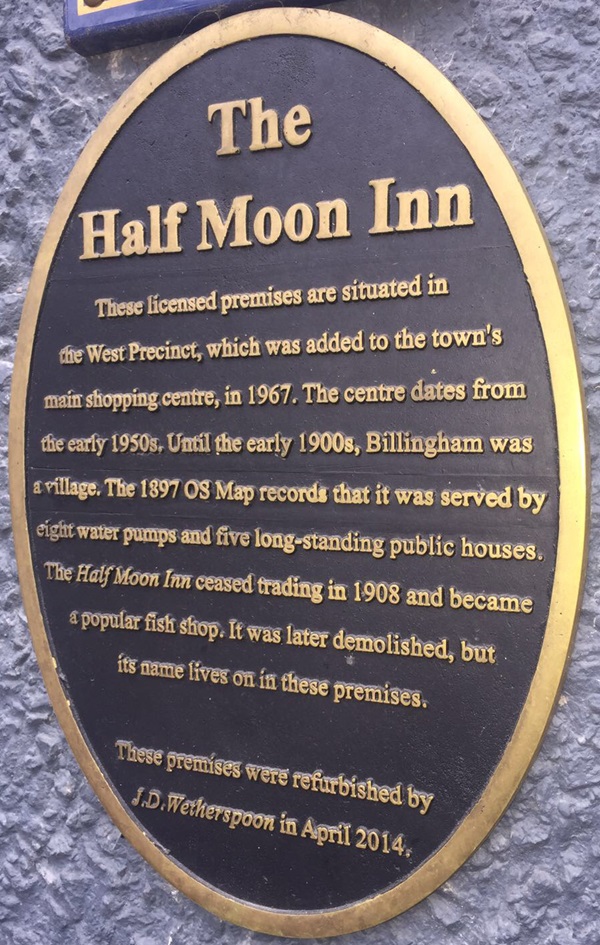
The plaque reads: These licensed premises are situated in the West Precinct, which was added to the town’s main shopping centre, in 1967. The centre dates from the early 1950s, until the early 1900s, Billingham was a village. The 1897 OS Map records that it was served by eight water pumps and five long-standing public houses. The Half Moon Inn ceased trading in 1908 and became a popular fish shop. It was later demolished, but its name lives on in these premises.
These premises were refurbished by J D Wetherspoon in April 2014.
A print and text about Sir John Brunner.
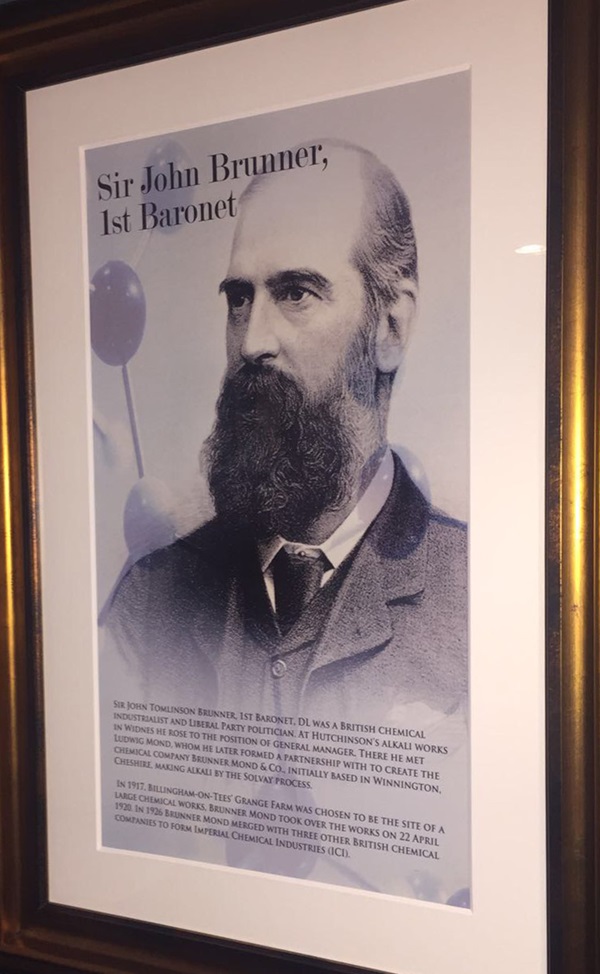
The text reads: Sir John Tomlinson Brunner, 1st Baronet, DL was a British Chemical Industrialist and Liberal Party Politician. At Hutchinson’s alkali works in Widness he rose to the position of general manager. There he met Ludwig Mond, whom he later formed a partnership with to create the chemical company Brunner Mond & Co., initially based in Winnington, Cheshire, making alkali by the Solvay process.
In 1917, Billingham-on-Tees’ Grange Farm was chosen to be the site of a large chemical works. Brunner Mond took over the works on 22 April 1920. In 1926 Brunner Mond merged with three other British chemical companies to form Imperial Chemical Industries (ICI).
A photograph and text about Lord Alexandra Fleck.
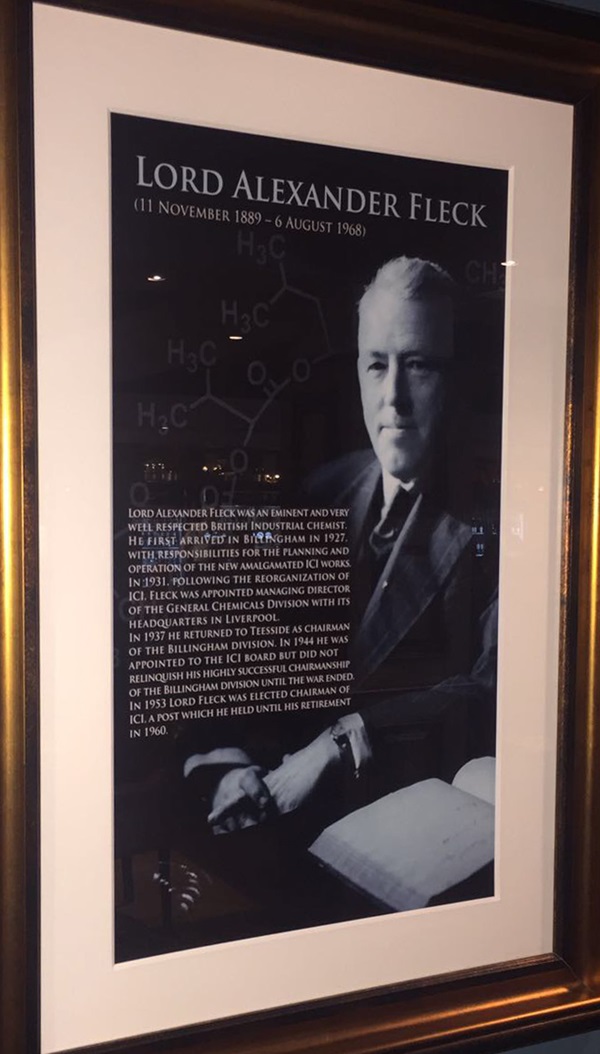
The text reads: Lord Alexander Fleck was an eminent and very well respected British Industrial Chemist. He first arrived in Billingham in 1927, with responsibilities for the planning and operation of the new amalgamated ICI works. In 1931, following the reorganisation of ICI, Fleck was appointed managing director of the General Chemicals Division with its headquarters in Liverpool.
In 1937 he returned to Teesside as chairman of the Billingham division until the war ended. In 1953 Lord Fleck was elected chairman of ICI, a post which he held until his retirement in 1960.
Prints and text about Brave New World.
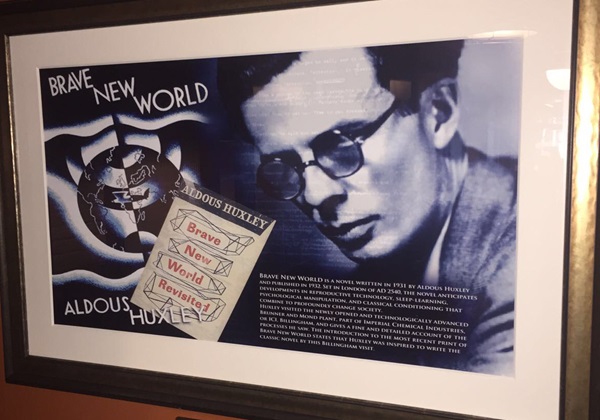
The text reads: Brave New World is a novel written in 1931 by Aldous Huxley and published in 1932. Set in London of AD2540, the novel anticipates developments in reproductive technology, sleep-learning, psychological manipulation, and classical conditioning that combine to profoundly change society.
Huxley visited the newly opened and technologically advanced Brunner and Mond Plant, part of Imperial Chemical Industries, or ICI, Billingham, and gives a fine and detailed account of the processes he saw. The introduction to the most recent print of Brave New World states that Huxley was inspired to write the classic novel by this Billingham visit.
Prints and text about St Cuthbert’s Church.
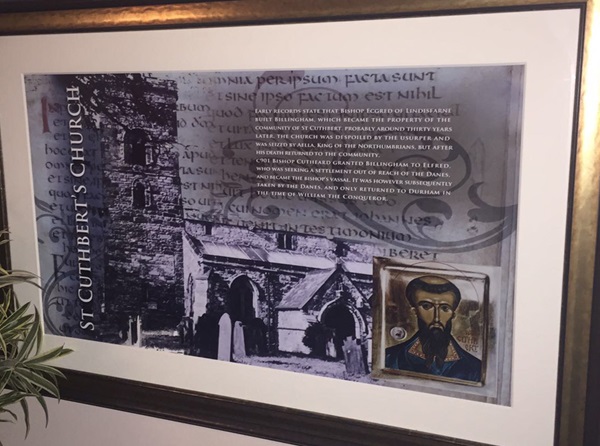
The text reads: Early records state that Bishop Eggred of Lindisfarne built Billingham, which became the property of the community of St Cuthbert. Probably around thirty years later, the church was despoiled by the usurper and was seized by Aella, King of the Northumbrians, but after his death returned to the community.
Bishop Cutheard granted Billingham to Elfred, who was seeking a settlement out of reach of the Danes and became the Bishop’s vassal. It was however subsequently taken by the Danes, and only returned to Durham in the time of William the Conqueror.
A photograph of South View & Belasis Lane, Billingham, c1930.
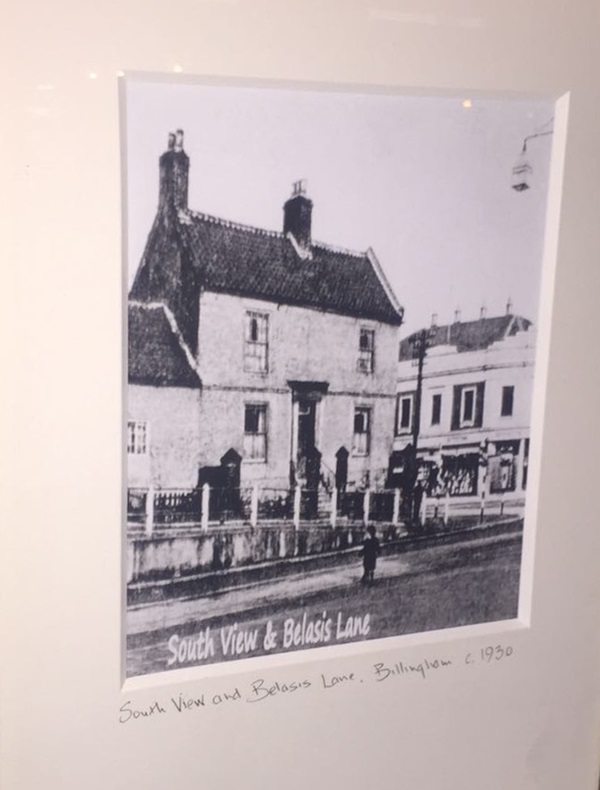
A photograph of a supply departments outing to Ullswater, June 24 1920.
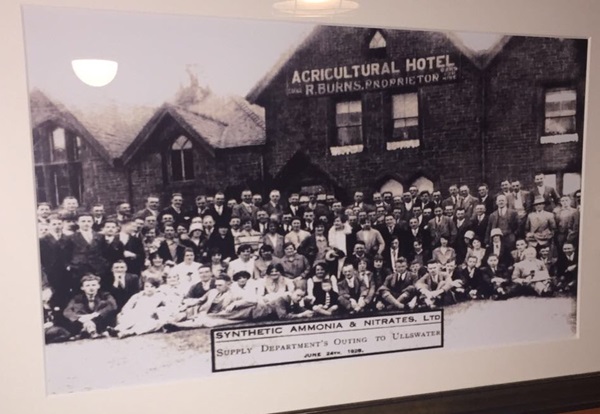
A photograph of anhydrite process kilns 1 & 2, 1940, viewed from the feed end.
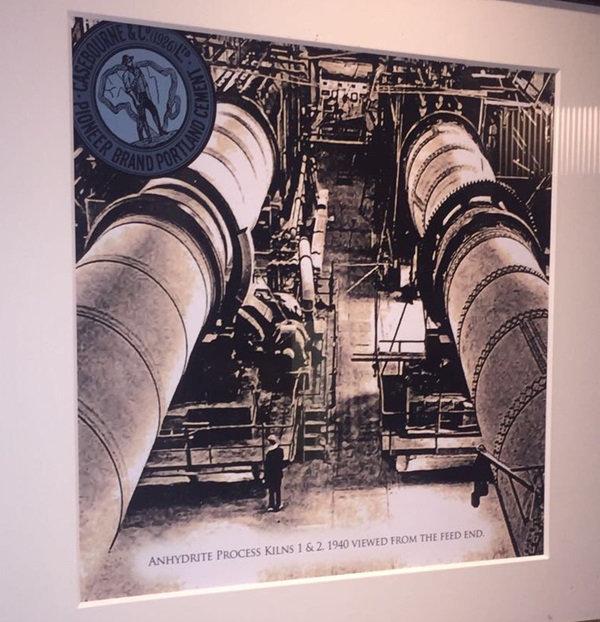
A photograph of ICI offices, Billingham, 1927 and 2007.
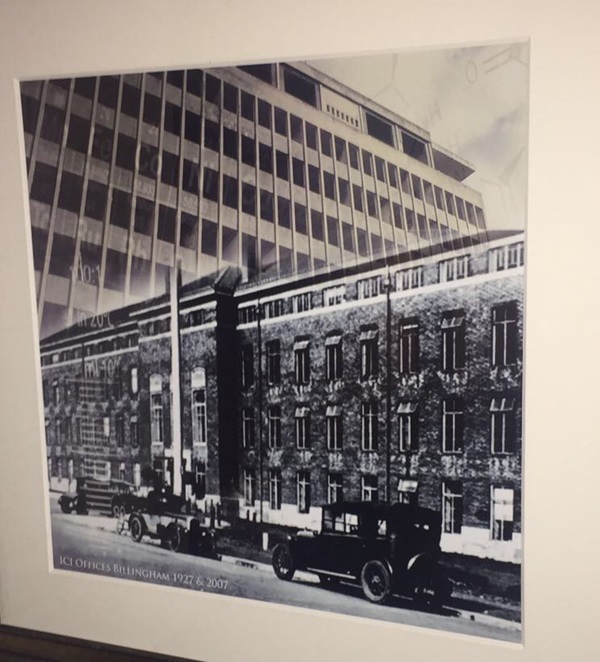
A photograph of Billingham International Folklore Festival, c1965.
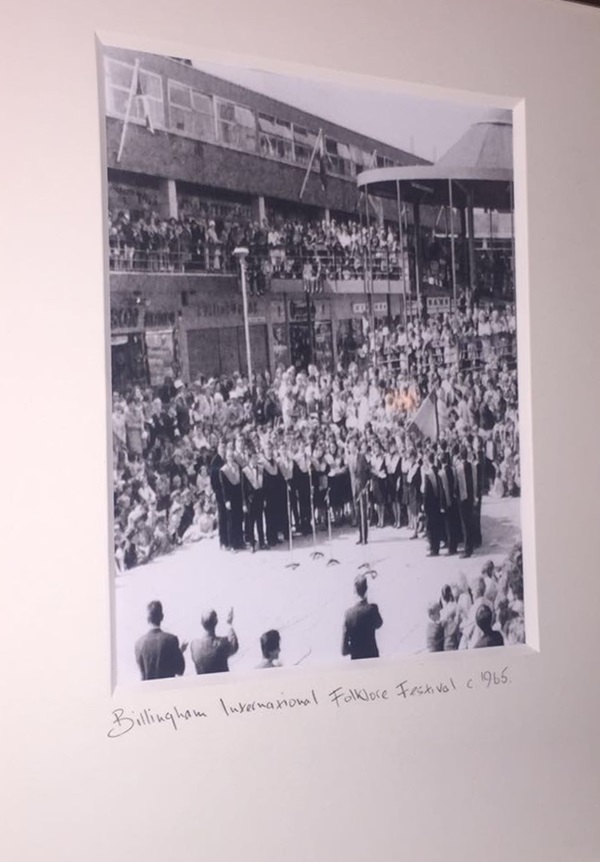
External photograph of the building – main entrance.
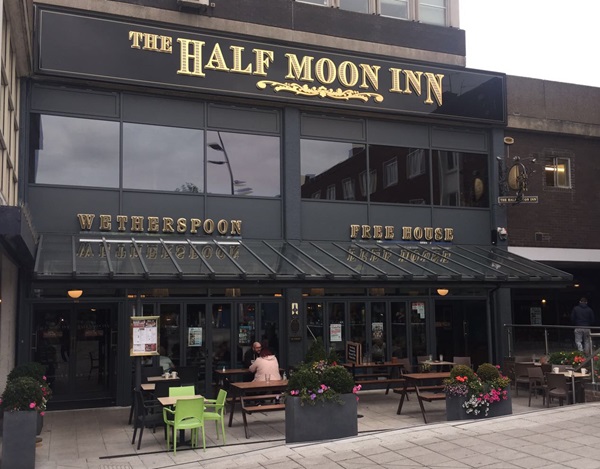
If you have information on the history of this pub, then we’d like you to share it with us. Please e-mail all information to: pubhistories@jdwetherspoon.co.uk